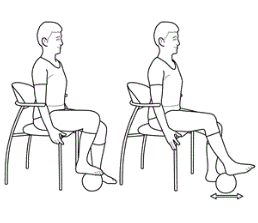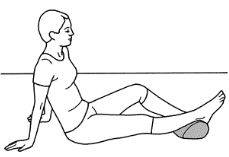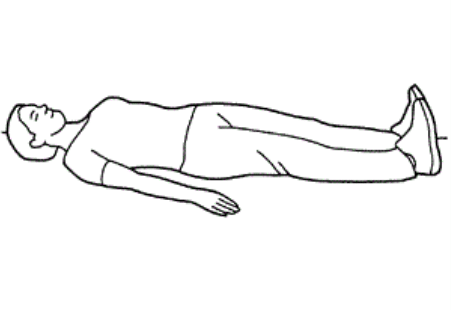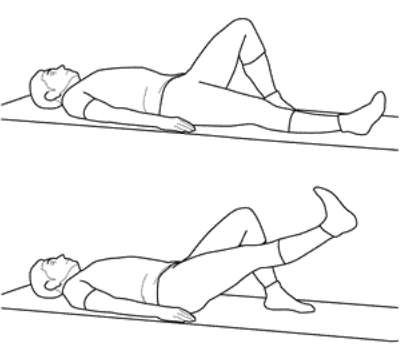Acute Knee injury – meniscal and ligament
The term acute knee injury can incorporate a variety of soft tissue structures within the knee joint. Acute means a problem that has started very recently (within the last few weeks).
The most common acute knee injuries are:
- A sprain when a ligament stretches too much as a result of an injury, usually from twisting
- A tear – when a ligament overstretches so much it tears either partially or fully
- An acute meniscus tear – the “shock absorber” pad within the knee that can tear from a twisting injury
Here we give you a little bit more information on each of the structures that could be involved in an acute knee injury.
- Ligaments work in combination alongside muscles to give you a stable and supported knee. One of the more common ligament injuries is the Anterior Cruciate Ligament (ACL), a strong ligament in your knee that prevents the forward movement of the knee when slowing down; there is also the Posterior Cruciate Ligament (PCL) that prevents backwards movement in your knee.
- The two ligaments on either side of your knee are the medial collateral ligament (MCL) and lateral collateral ligament (LCL). These prevent sideways motion of your knee.
- The meniscus is a cartilaginous pad, of which there are two in the knee. They act as a shock absorber within the knee joint and can be injured alongside a ligament injury, or as a standalone injury.
The initial symptoms vary slightly between a ligament and meniscus injury and can help give you an idea of which type of injury you have.



